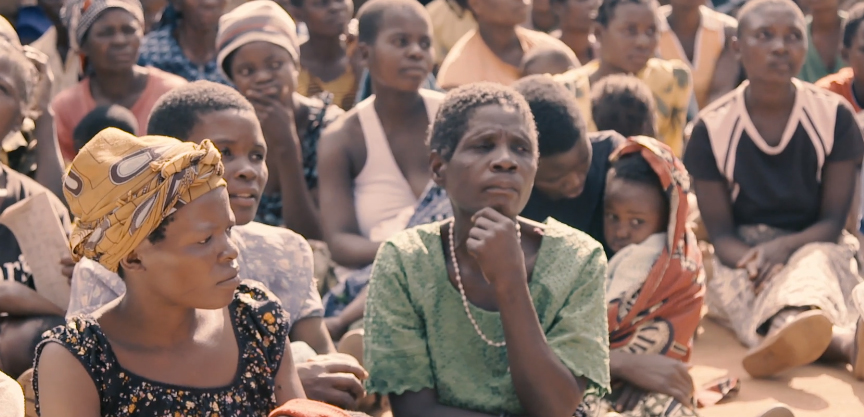Global AIDS Interfaith Alliance
Providing Life-Saving Services to Rural African Villages
Location: Rural Malawi

Global AIDS Interfaith Alliance (GAIA): Grantee in 2015
GAIA brings basic health services, prevention, care, and support to communities affected by HIV/AIDS, tuberculosis, and malaria in rural Africa. A primary focus has been in the southern Africa nation of Malawi, which is ranked among the eight poorest economies by the World Bank. As recently as 2014, 84% of the nation’s population lived in rural villages,
GAIA improves community health and well-being by selecting, training, and supervising local village women to provide home care, orphan care, health education, and community development along with the distribution of disease prevention tools. GAIA has served more than 180 villages and over a quarter of a million Malawians.
The opportunities for local women to elevate their status through these programs is considered an important pathway out of such long-standing problems as young marriages, gender inequality, and gender-based violence. Such problems often put girls at higher risk for dropping out of school and becoming infected with HIV, perpetuating a cycle of economic disadvantage and long-term health issues. Progress breaks this cycle and improves their futures.
For more information, see: https://www.thegaia.org/
GRANT SUMMARY AND PURPOSE
2015: $25,000 to train and compensate 50 girl health counselors. Funds also tap into the existing GAIA infrastructure to disseminate comprehensive sexual and reproductive health education, along with gender equality messaging in 10 villages.
IMPACT
Reach 2,650 households, and 500 adolescent girls, with important